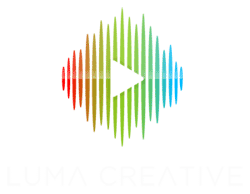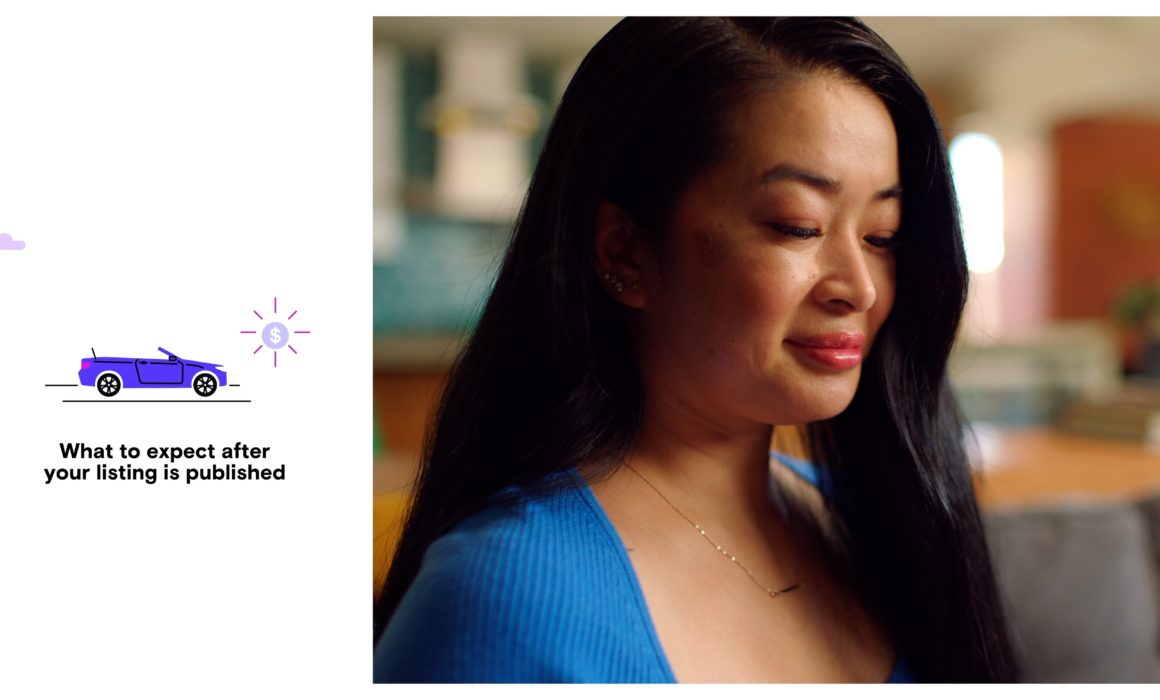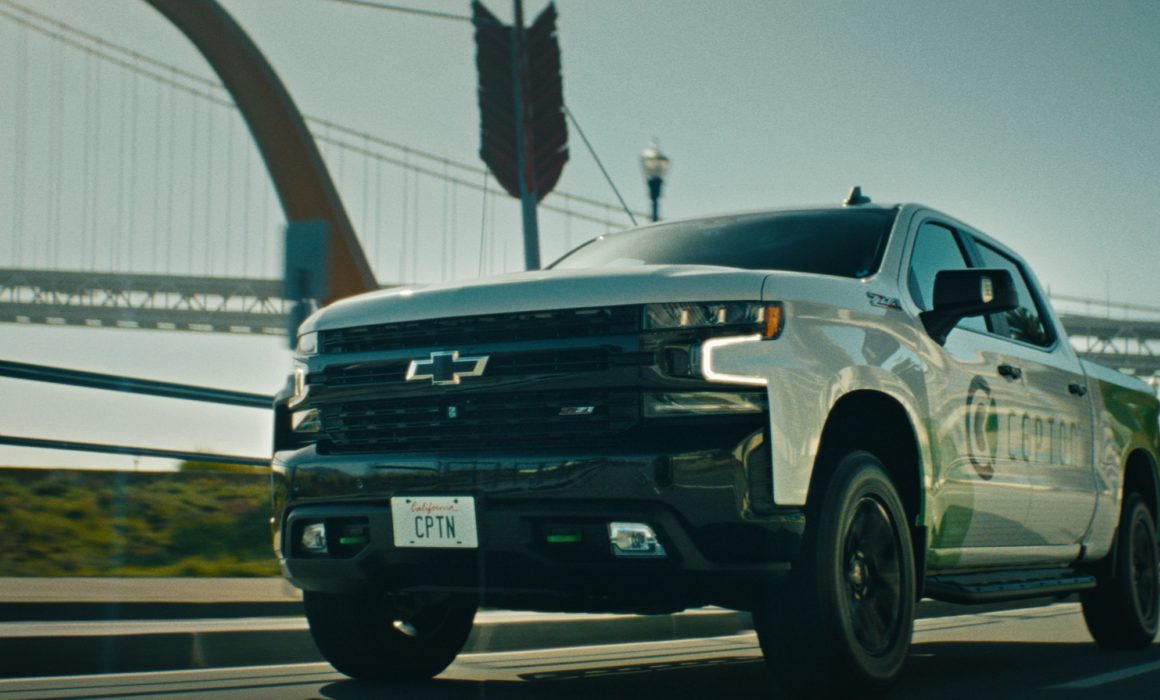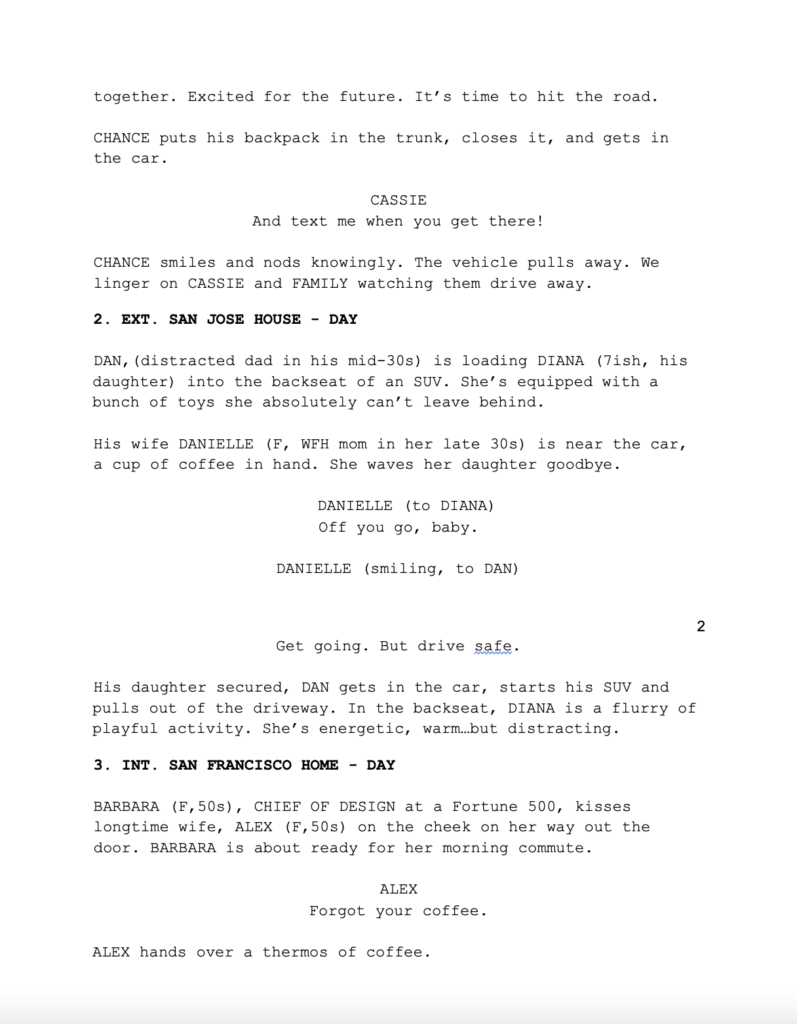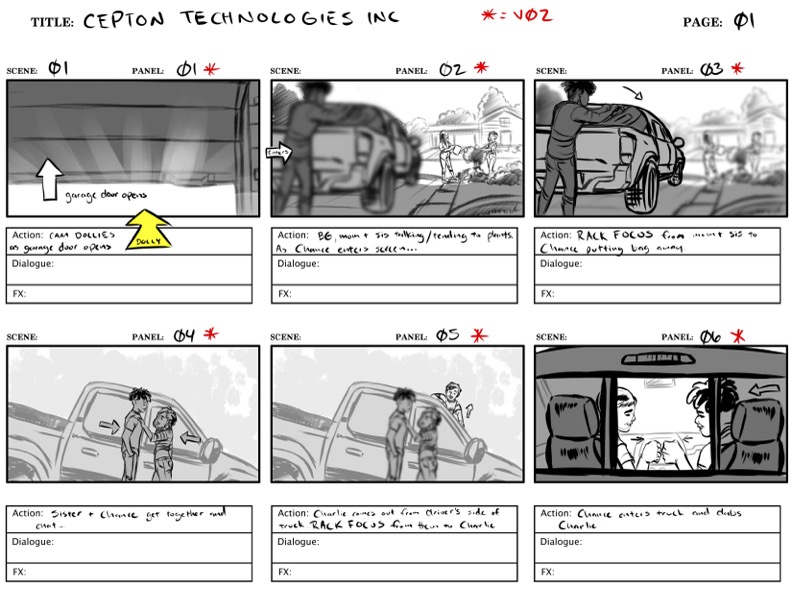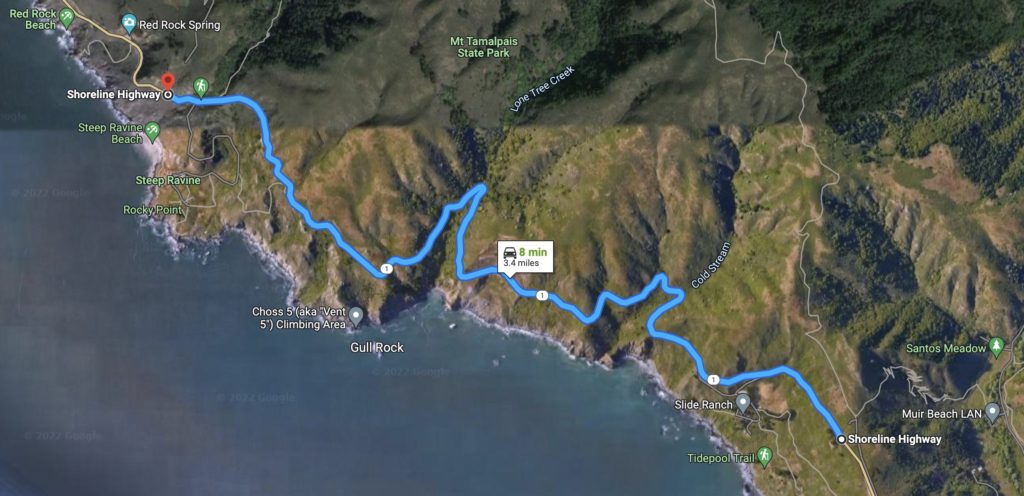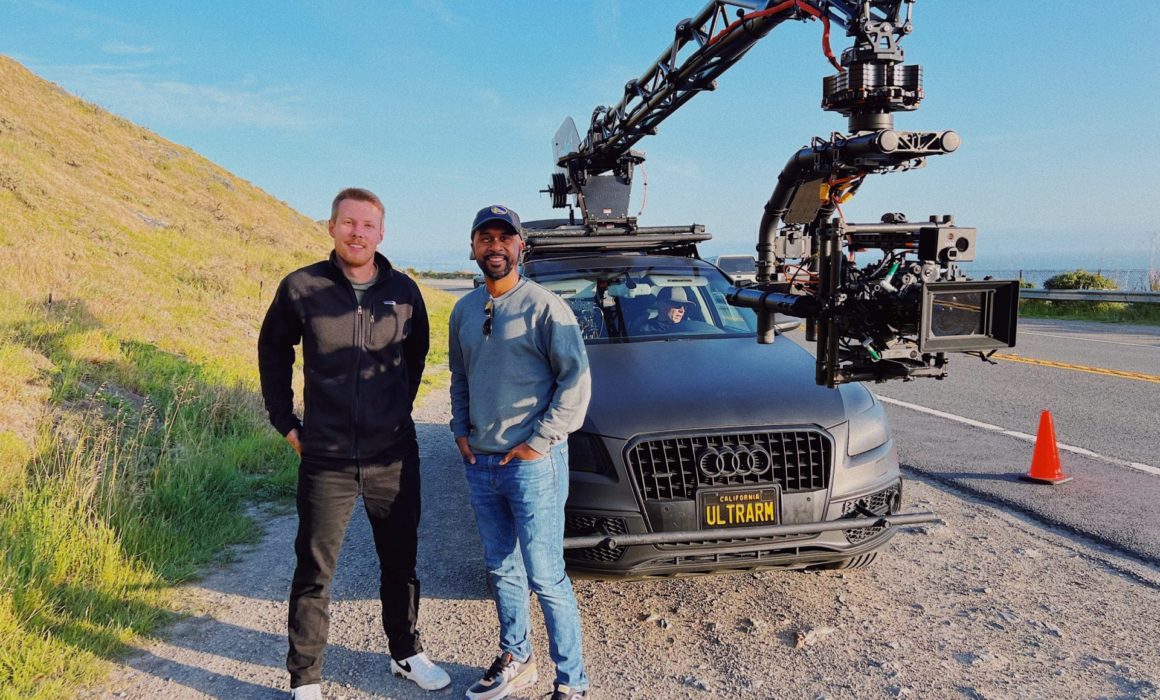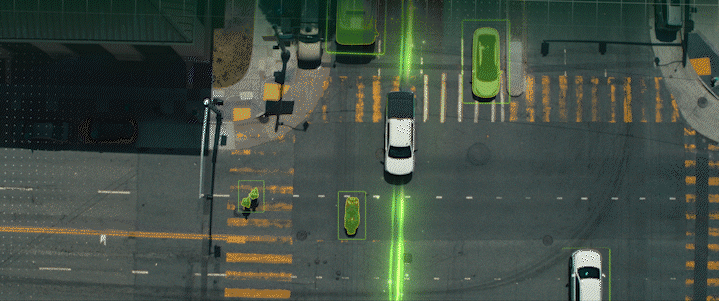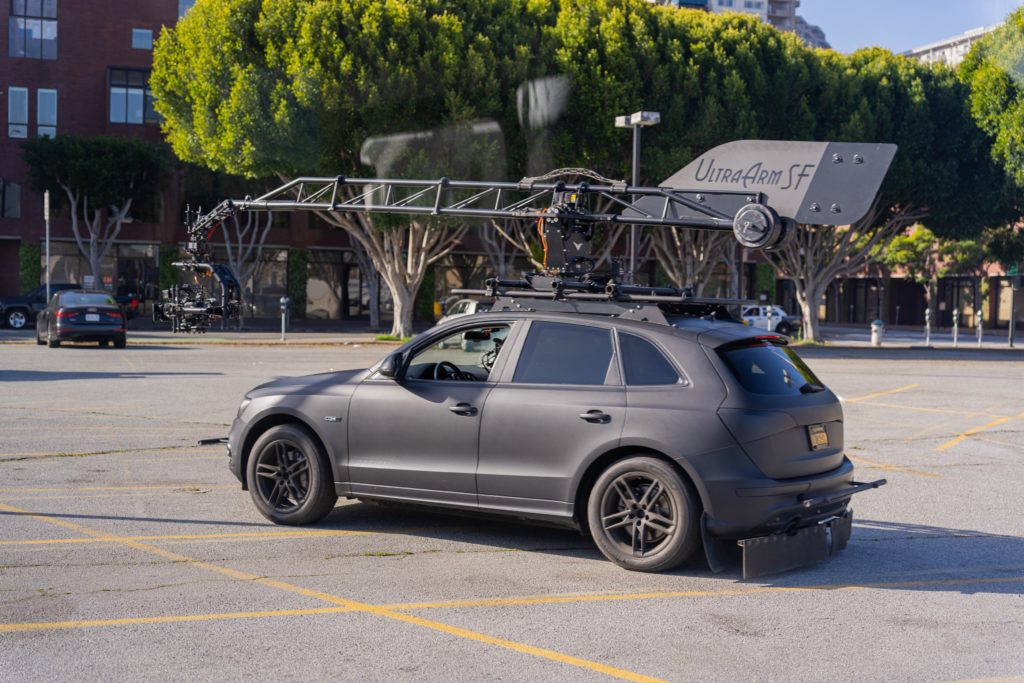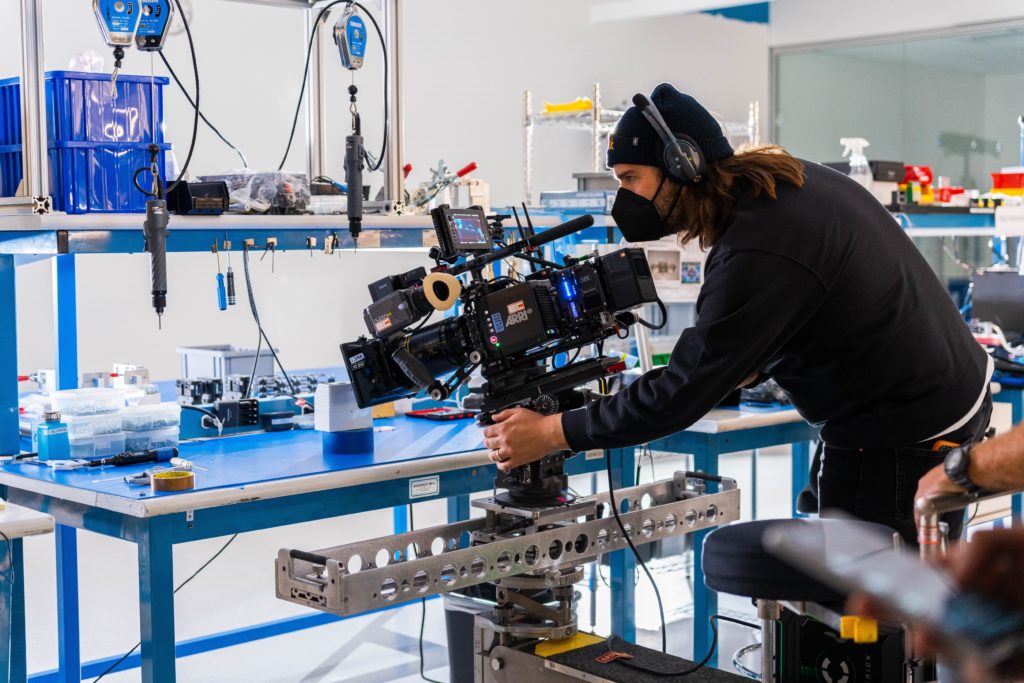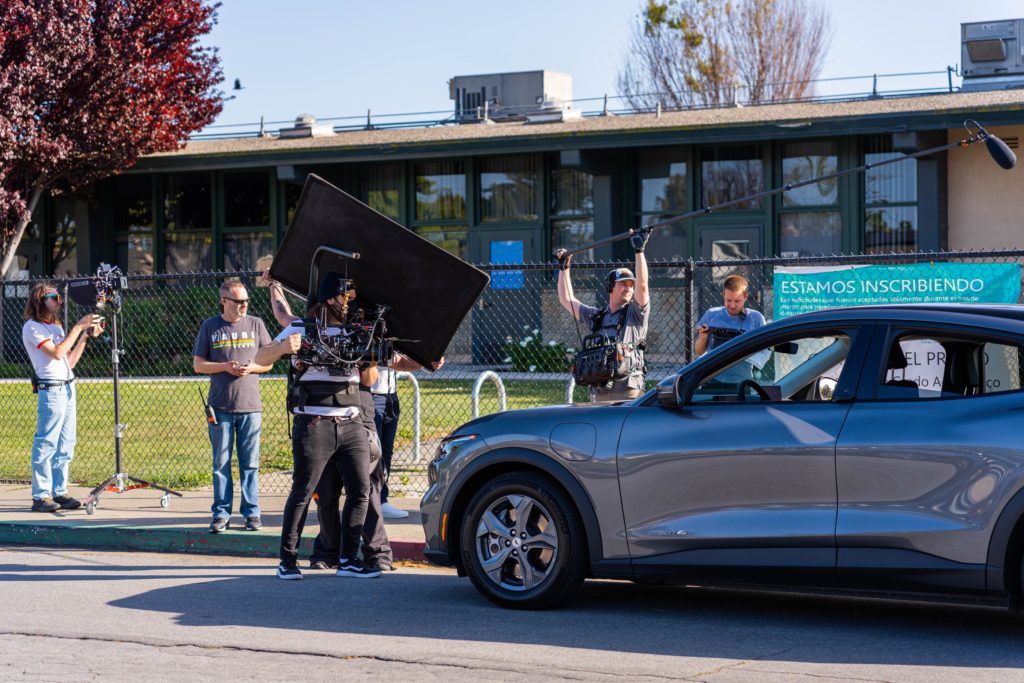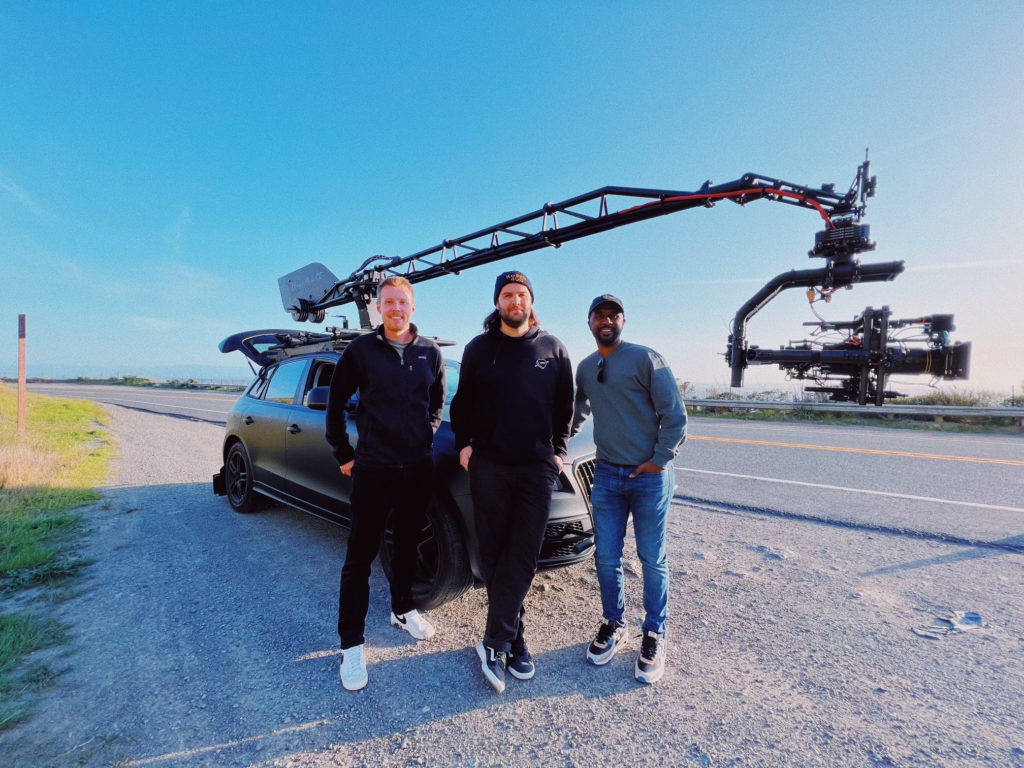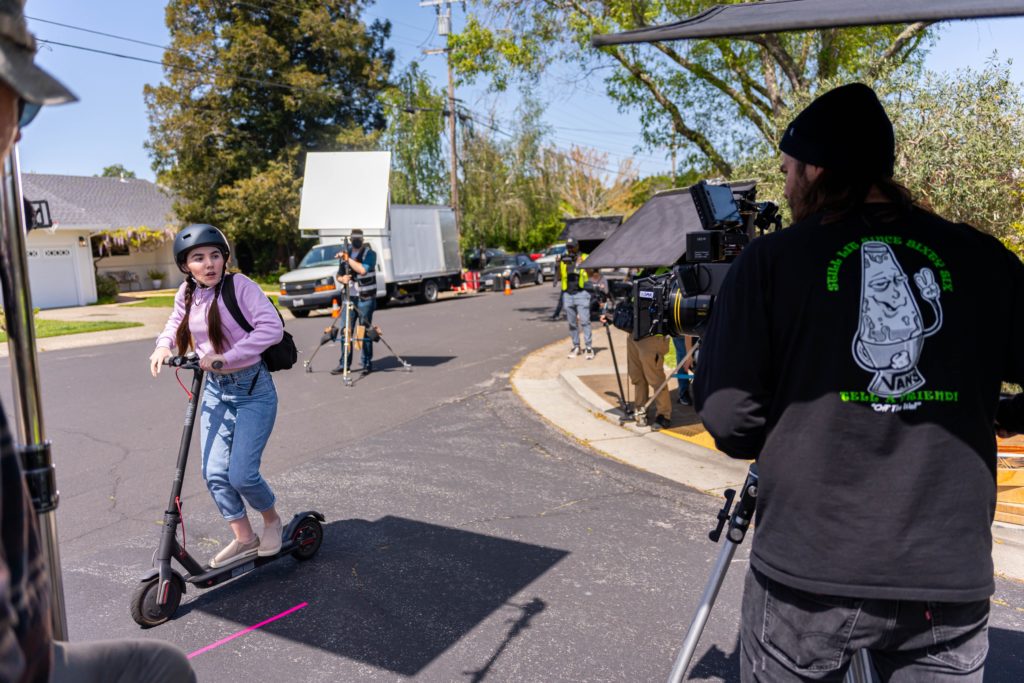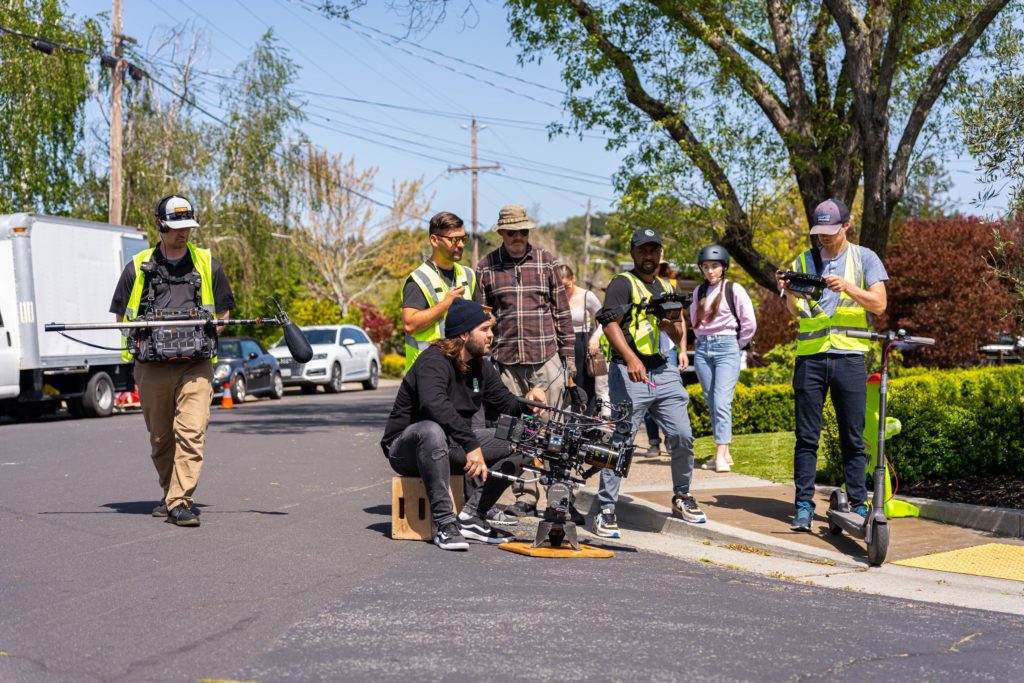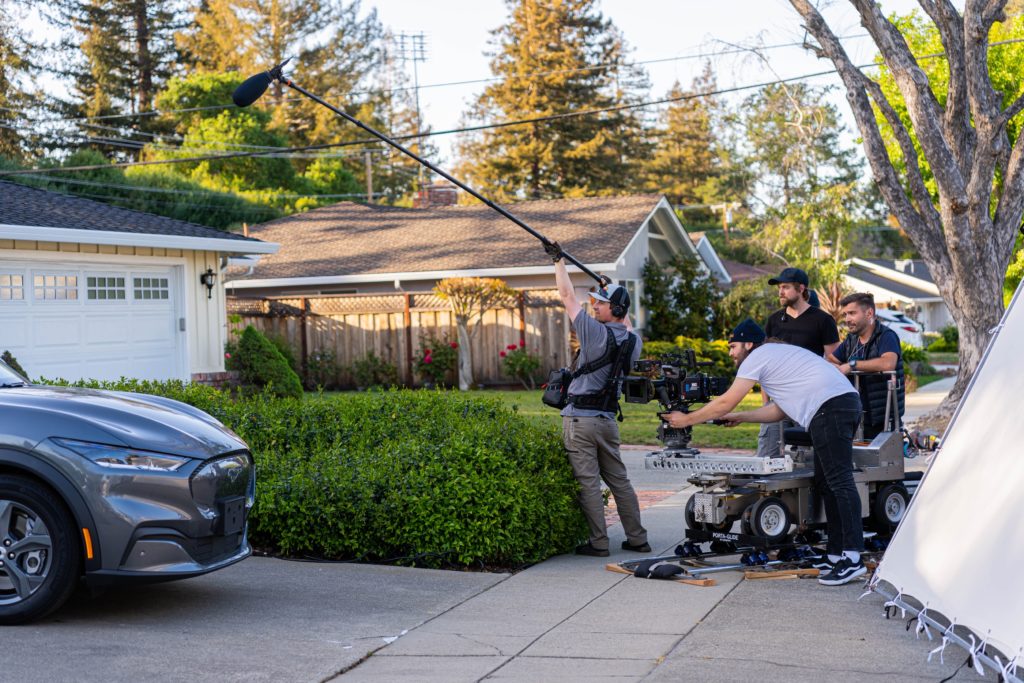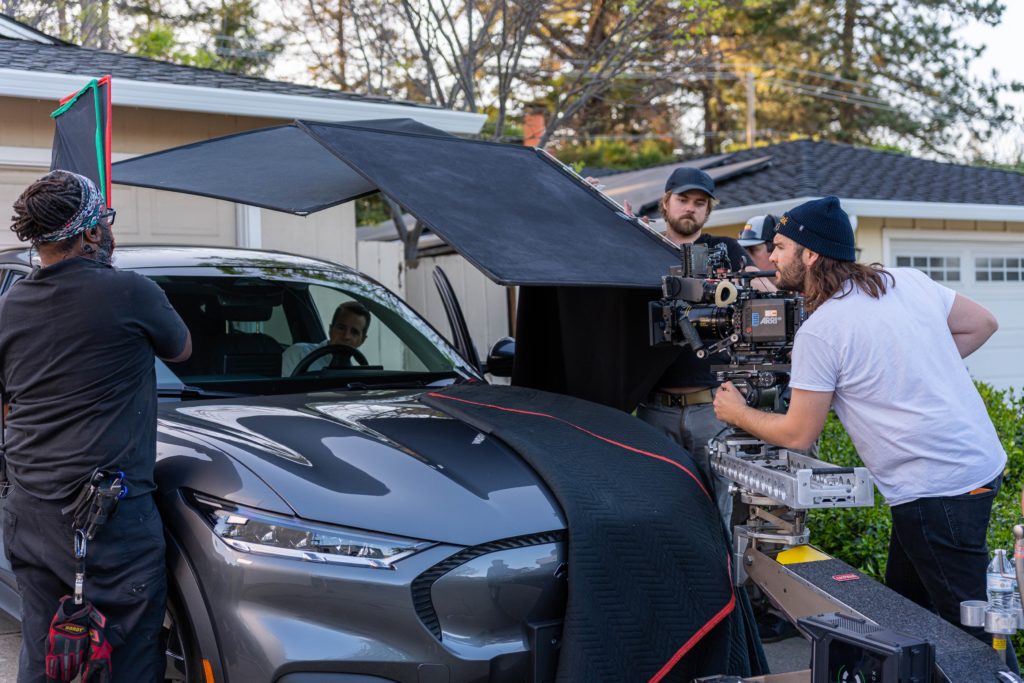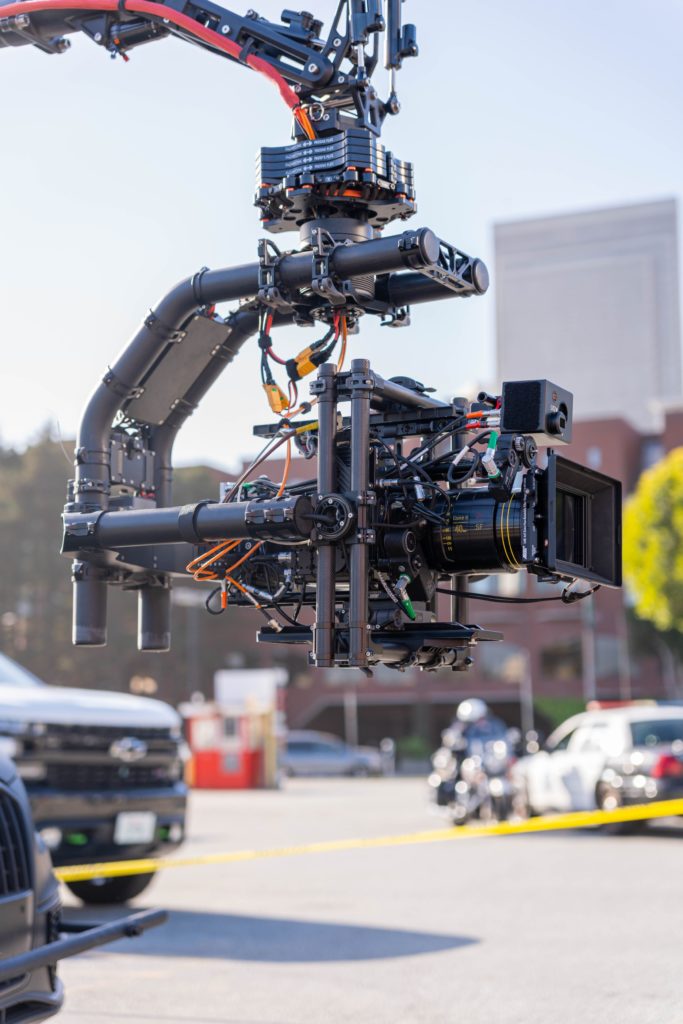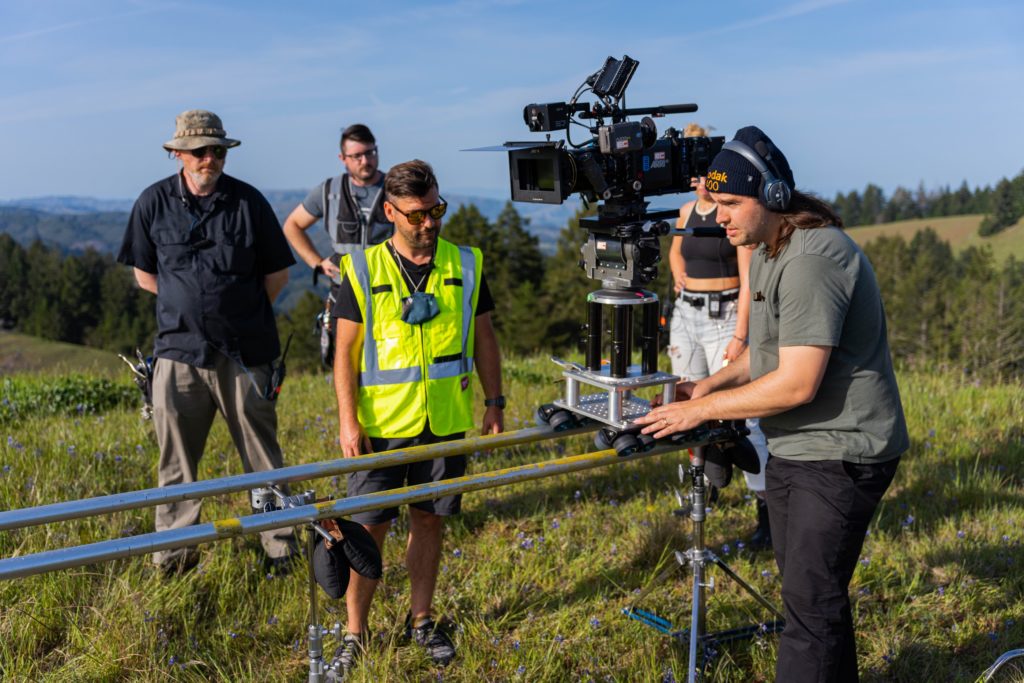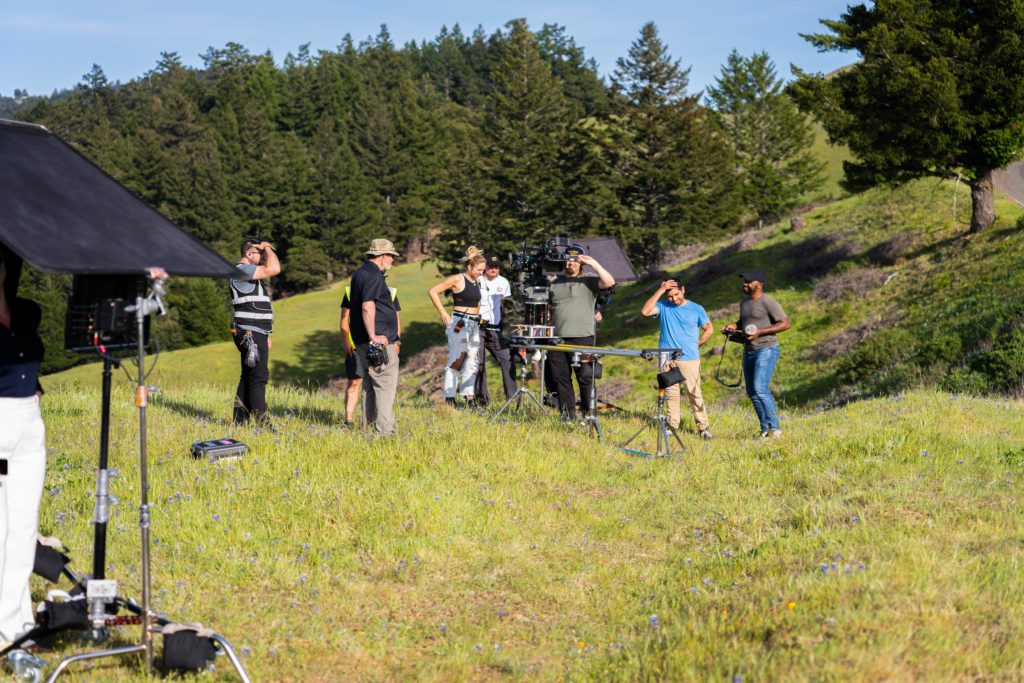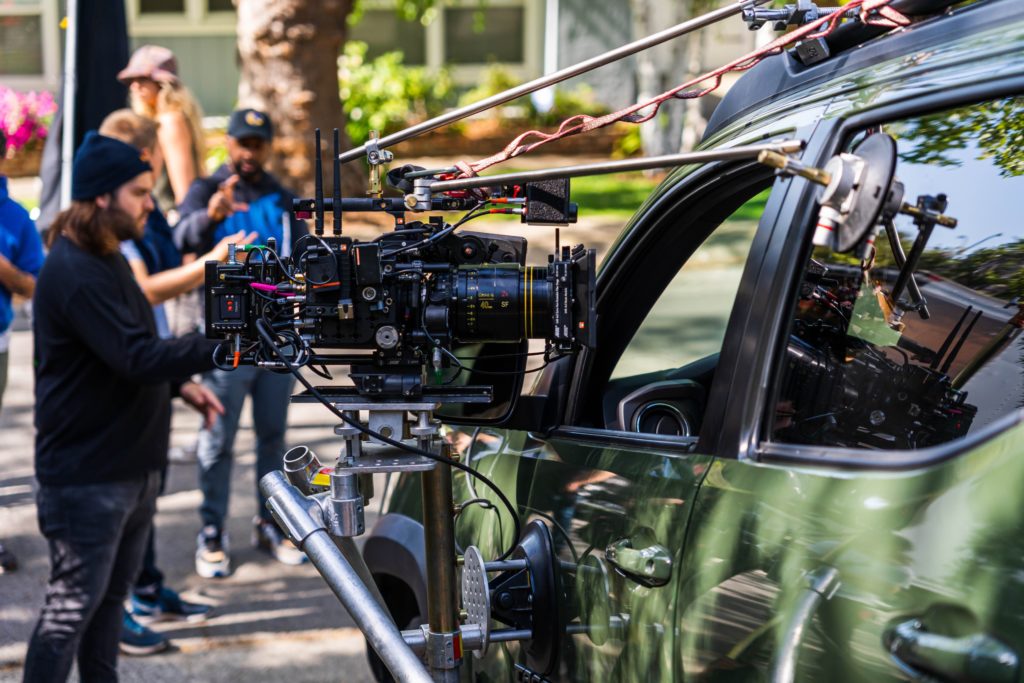How to Make Impactful Training Videos
In the digital age, where attention spans are short and information overload is everywhere, videography has been shown to be a great method for brands to communicate their message effectively. Although there are various mediums available, training videos stand out as a powerful tool not only for educating but also for strengthening brand identity and engagement. In order to craft impactful training videos, you need to leverage the art of visual storytelling in these videos to create a lasting impact. However, you want to always be mindful of ways to reinforce your brand’s values and identity. Here we will share tips on how to create strong, impactful training videos. We will also show how our San Francisco video production company helped our client, Turo, leverage video storytelling to help their typical user base.
How to utilize visual storytelling to create impactful training videos
1. Captivate with compelling narratives
At the heart of every memorable training video lies a compelling story. Stories evoke emotions, capture attention, and make complex information more digestible. Whether it’s showcasing real-life scenarios, customer testimonials, or employee success stories, weaving narratives into your training videos helps create an emotional connection with your audience, making your brand more relatable and human. You want your story to be engaging but not overly complicated. The more complicated your story becomes, the less likely people are to follow it and connect with it. The goal is to solve a problem. So begin with the end in mind, and look for the story in the solution your brand is providing.
For the San Francisco based car sharing app Turo, we utilized the local nature of the shoot. Additionally, we brought in real Turo hosts with their personal Vehicles. This helped breed relatability and infused real life stories and scenarios into the training videos. The following still frame shows a real user demonstrating how to use the app.
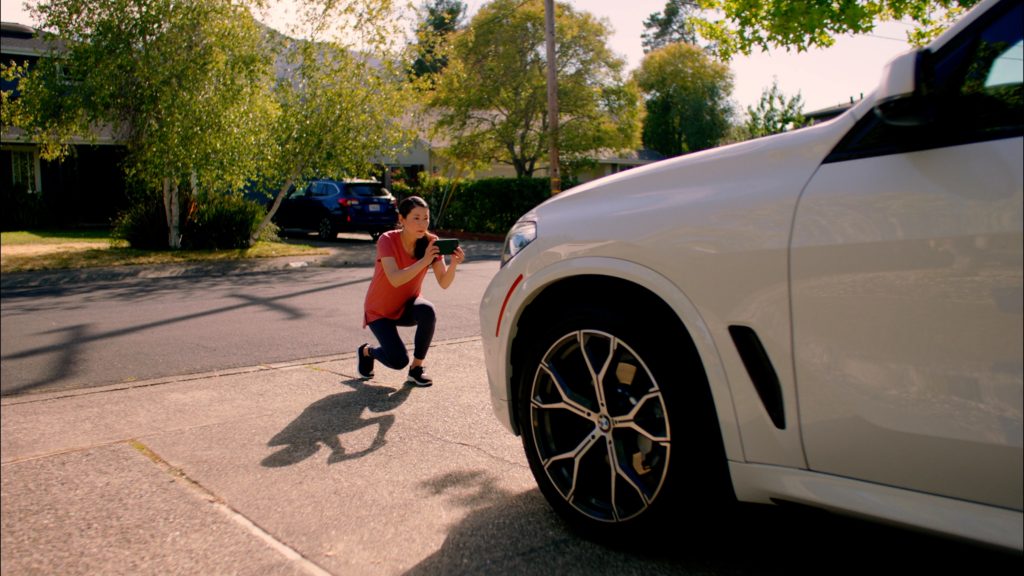
2. Align visuals with brand identity will help make impactful training videos
Visual consistency is crucial for brand recognition. Integrate your brand’s color palette, logos, and messaging cohesively into your training videos. Consistent visual identity reinforces brand recall and strengthens the association between your content and your brand. From the fonts you choose to the overall aesthetic, everything should scream your brand! It’s not just about slapping on a logo; it’s about creating a visual story that speaks volumes about your brand values. Think of your video as an extension of your brand—each visual cue should reinforce brand recognition and familiarity. By infusing your brand’s personality into your training videos, you’re not just educating; you’re also reinforcing your brand’s presence and building a stronger connection with your audience.
For Turo, we wanted to highlight automotive imagery that showcases the brand. Additionally, We made sure to set up our shots in a way that was consistent with brand messaging. In doing so we were able to successfully make our training videos more impactful and familiar to our brand’s audience.
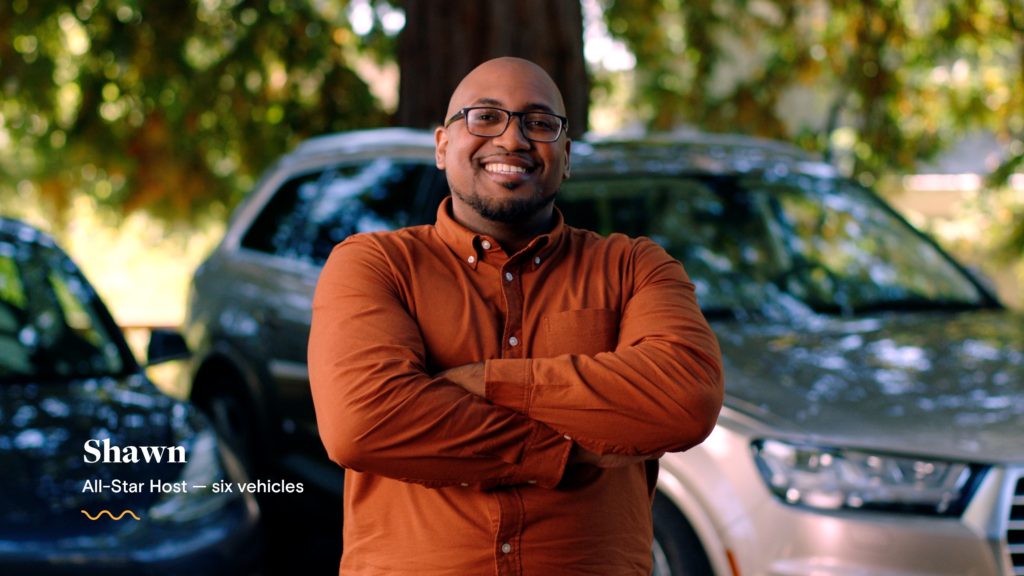
3. Engage through quality production
High-quality production values are essential in delivering a professional and engaging viewing experience. Invest in clear visuals, crisp audio, and graphics or animations that add depth to your content. Crafting high-quality training videos hinges on various elements that collectively enhance production standards and audience engagement. Make sure to optimize lighting conditions to create a visually appealing environment that keeps viewers focused. Additionally, script your content thoughtfully and plan your outcomes in pre production so you can execute and avoid any re-shoots. Moreover, utilizing professional narration or employing speakers with clear articulation can enhance learning experience. Pay attention to the overall aesthetics from color schemes to branding elements for a polished look. By focusing on a high quality production you not only elevate the look of the video, but also reflect positively on your brand’s professionalism .
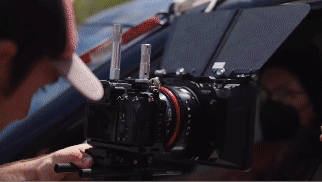
Focus on a high quality production that will reflect positively on your brand.
4. Educate and empower viewers
Beyond storytelling, the primary goal of training videos is to educate. Ensure your content provides value, addressing your audience’s pain points or challenges. By offering actionable insights or practical knowledge, your brand positions itself as an authority in the field, creating trust and credibility among viewers. Break down complex concepts into digestible chunks, using visuals, examples, and real-world scenarios to enhance understanding. Don’t just tell—show! The goal is to inspire your audience to take action, so focus on making your training videos a catalyst for further education on your brand or subject.
For Turo, we set up a series of graphics with corresponding footage to show a step by step process in using their car sharing app. Also, this detailed system was designed to alleviate customer pain points and help customers visually process the system.
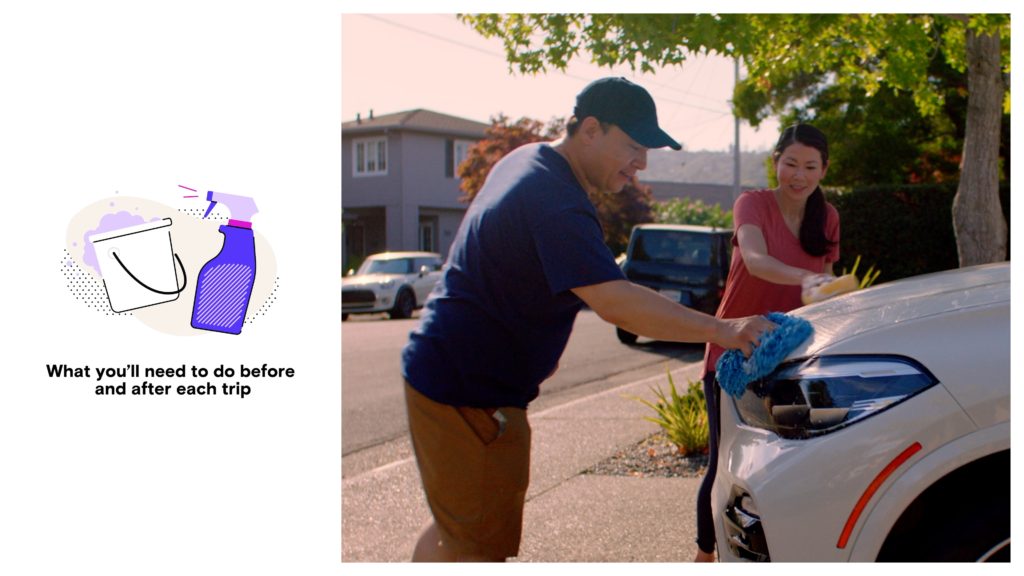

Creating graphics is a great way to solve customer pain points in training videos.
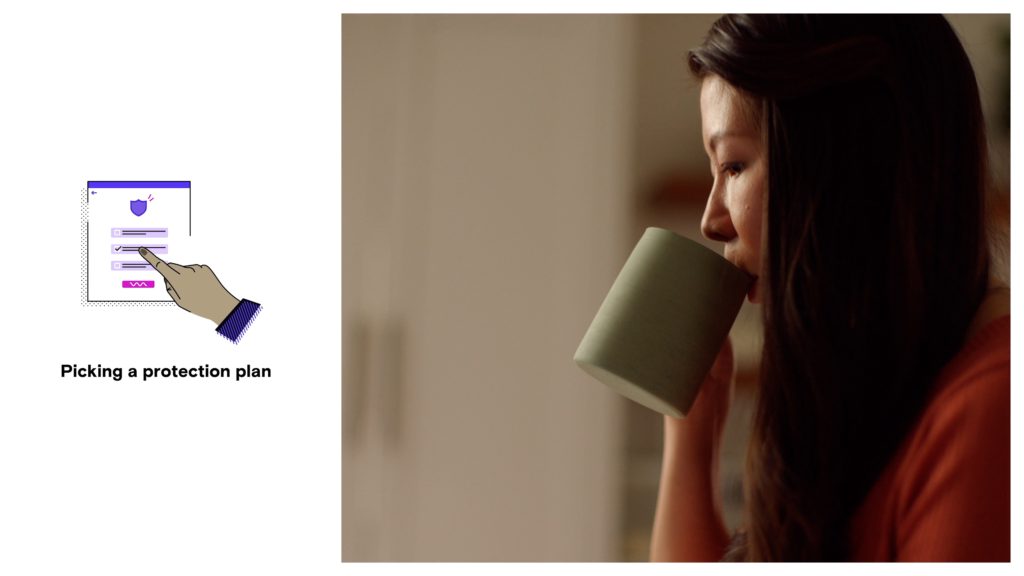
5. Optimize for accessibility and distribution to make impactful training videos
Optimize your videos for various platforms and devices to maximize reach and engagement across different channels. Firstly, consider incorporating text or subtitles to accommodate viewers with hearing impairments or non-native language speakers. Additionally, graphics alongside videos can enhance accessibility for individuals with hearing impairments or those who access the content in a muted format. Moreover, using inclusive design practices such as clear visuals, contrasting colors, and simple fonts can benefit a wide range of viewers.
Conclusion
Visual storytelling in training videos is more than just transmission of information; it’s a tool that aims to leave lasting impact on the audience. When creating narratives through these videos, you’re not just relaying facts but creating an immersive story that resonates with the target audience. Incorporating storytelling techniques, aligning visuals with your brand, and producing high quality content can transform your training videos into powerful tools. These tools not only educate viewers on essential information but also envelop them in a narrative that promotes action. The goal is to create a genuine connection with your audience, strengthening their bond with your brand. As a result, these videos become more than just educational tools; they evolve into vehicles that elevate your brand’s online presence. They establish your brand as an authority on the given subject. Furthermore, they foster trust and loyalty among the target audience, and help your brand establish themselves in the digital landscape.
